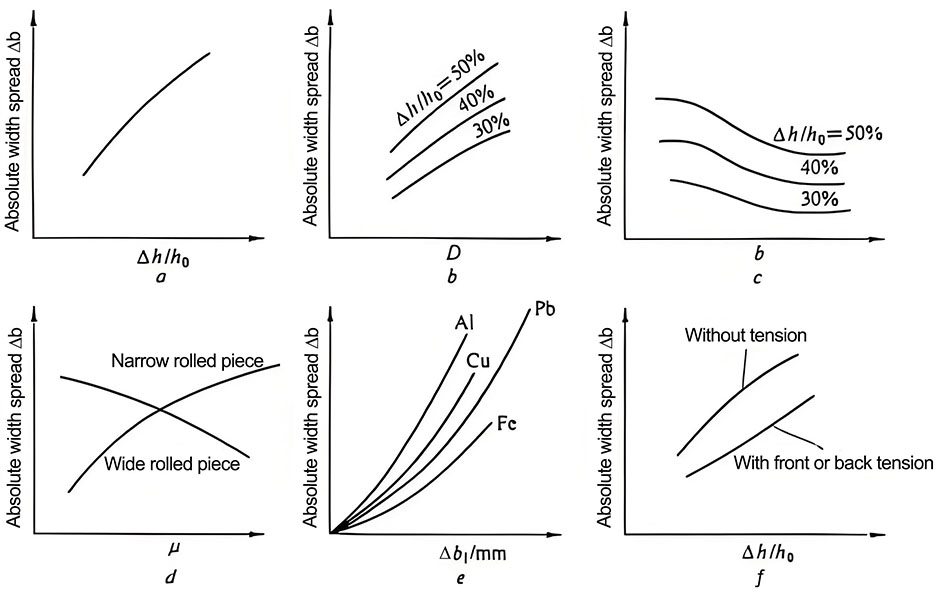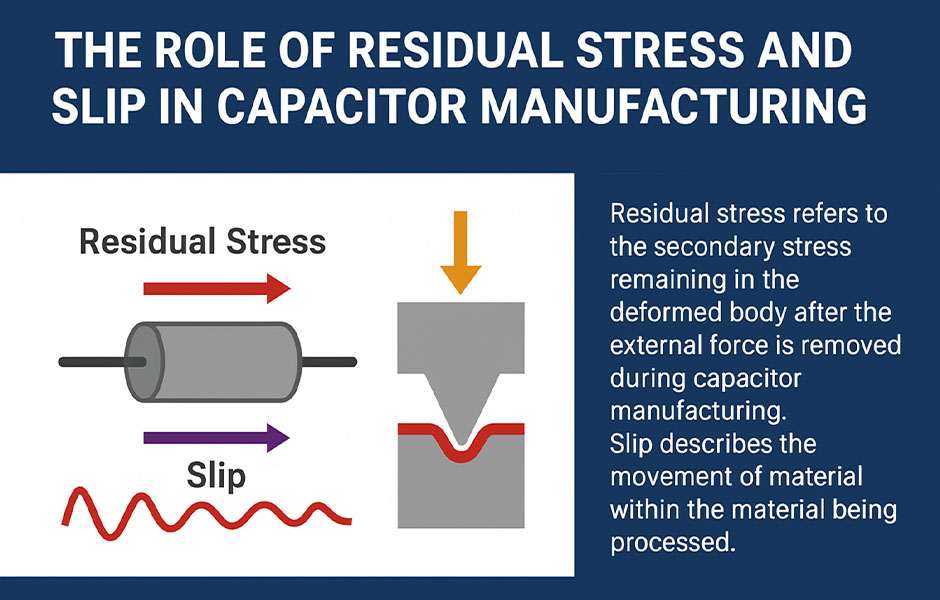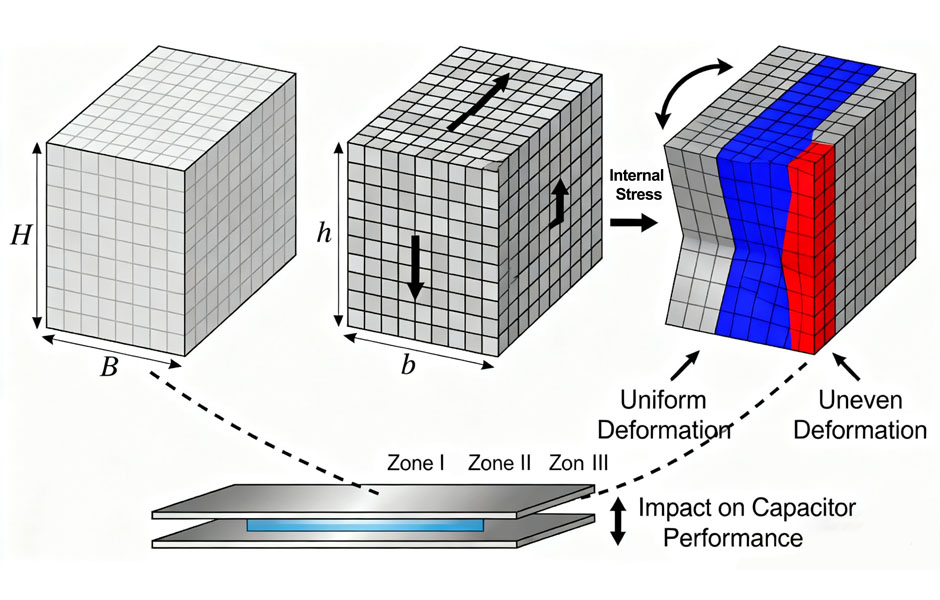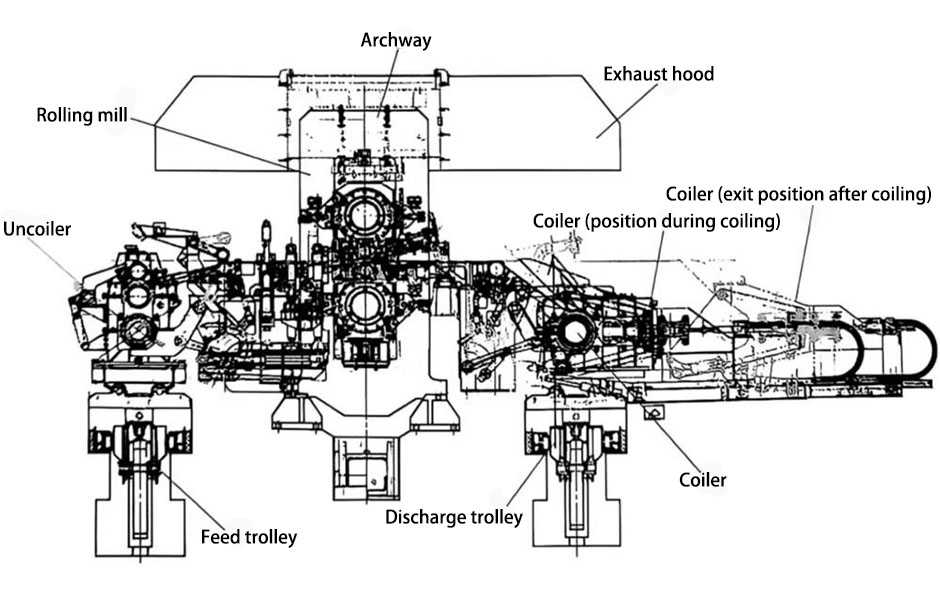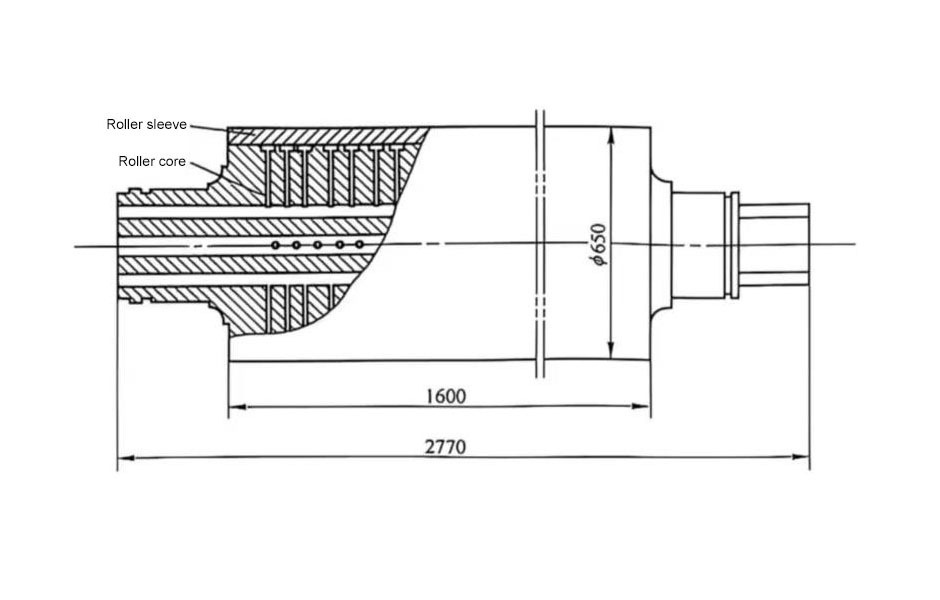High voltage ceramic capacitor
high voltage ceramic capacitor, that is, high-voltage ceramic capacitors used in power systems, generally, such as power system metering, energy storage, and voltage division, use high-voltage ceramic capacitors. High-voltage ceramic capacitors have been widely used and not in the LED lamp industry. High-voltage ceramic capacitors are extruded into round tubes, discs or discs using high-k dielectric capacitor ceramics (barium titanate titanate). The medium was prepared by electroplating silver on a ceramic as an electrode.
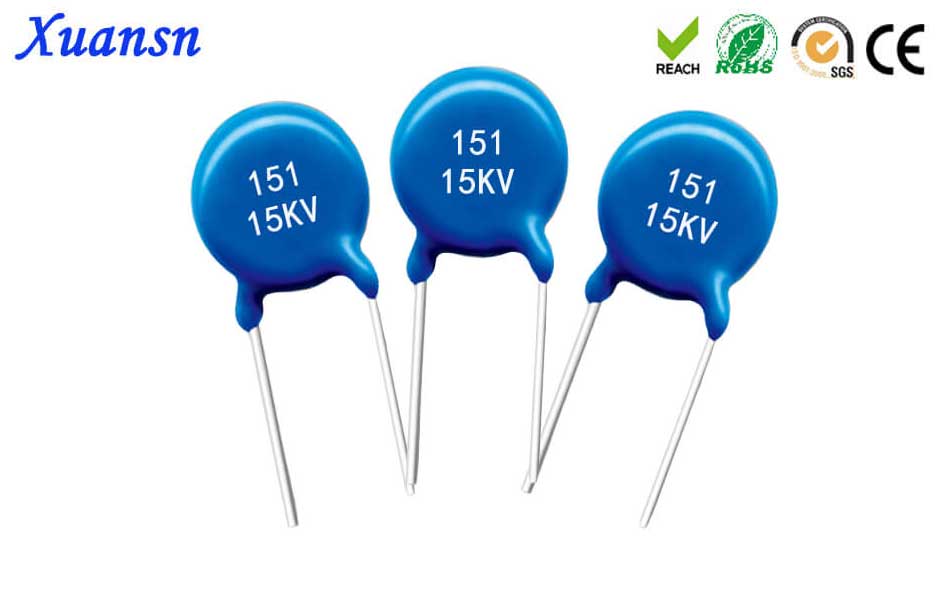
High voltage ceramic capacitor classification
Ceramics are divided into: Class I porcelain, Class II porcelain, Class III porcelain
Class I porcelain: NP0, temperature characteristics, frequency characteristics and voltage characteristics are good, because the dielectric constant is not high, so the capacity is not large;
Class II porcelain, followed by X7R, with better temperature characteristics and voltage characteristics;
Class III porcelain has a high dielectric constant, so the capacity can be made very large, but the temperature characteristics and voltage characteristics are not so good. Ceramic capacitors are generally small in size. In addition, an important feature is emphasized: after the dielectric capacitor is broken down, it is often short-circuited. (This is its weakness) and after the film capacitor fails, it is generally open.
The main function of high-voltage ceramic capacitors is to eliminate high-frequency interference. Most of them are used in negative ion products, lasers, X-ray machines, control equipment, high voltage packages, igniters, generators, transformers, power equipment, voltage doubler modules, and welding. Machines, electrostatic spraying and other electromechanical equipment that require high voltage and high frequency.
The advantage of high voltage ceramic capacitor
1. Capacity loss has high stability with temperature frequency
2, special series structure is suitable for high voltage and long-term operational reliability
3, high current climbing rate and suitable for large current loop non-inductive structure.
